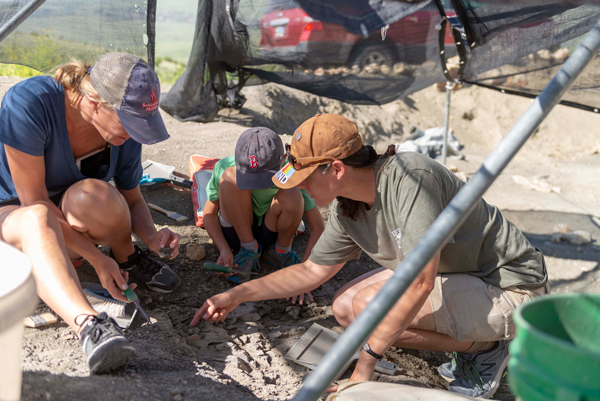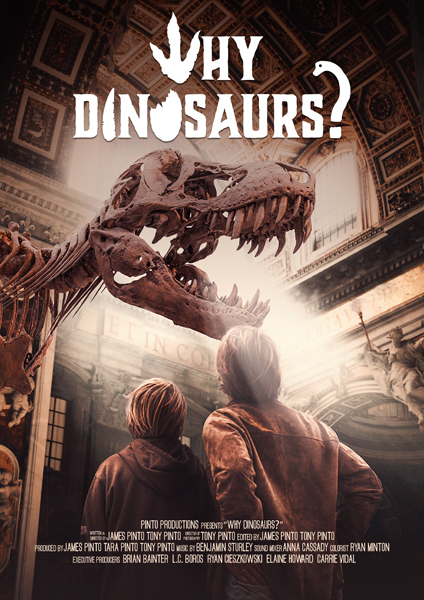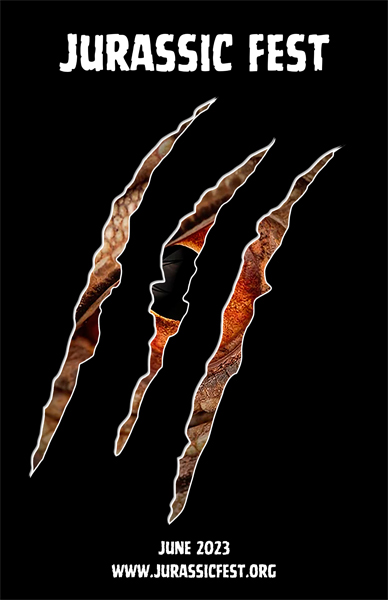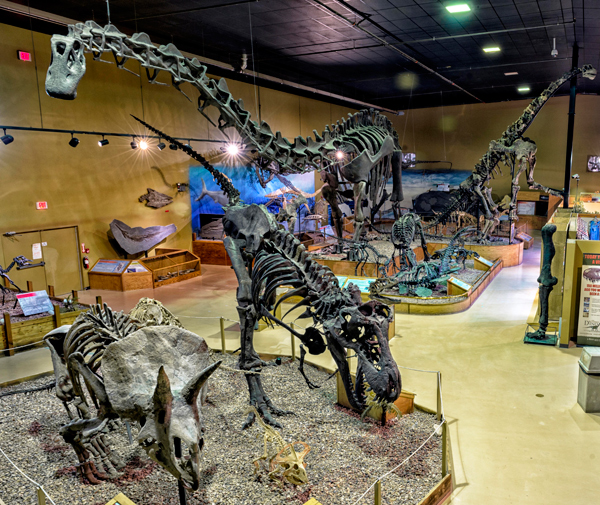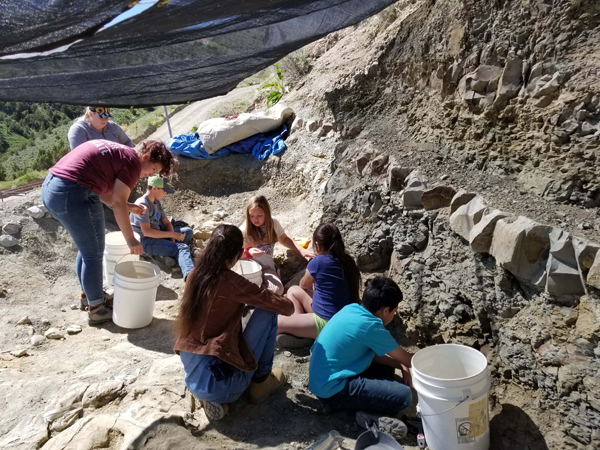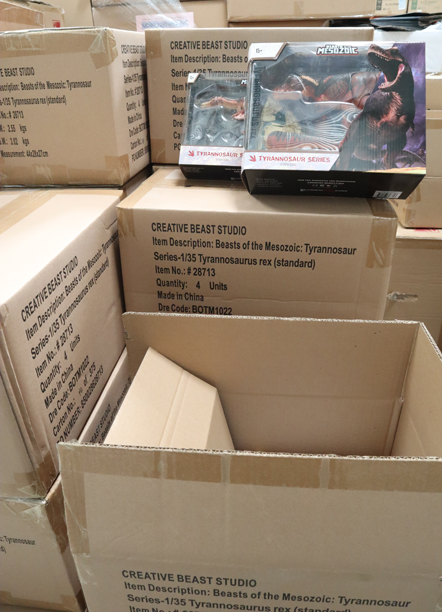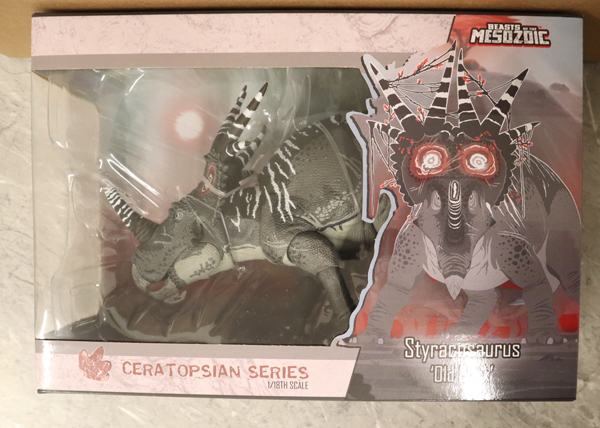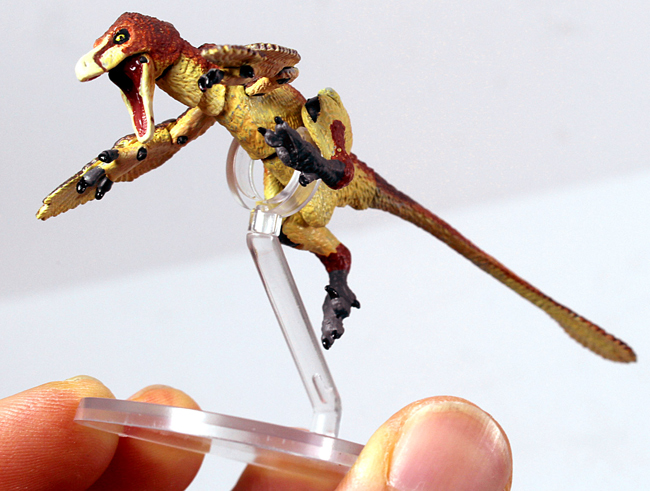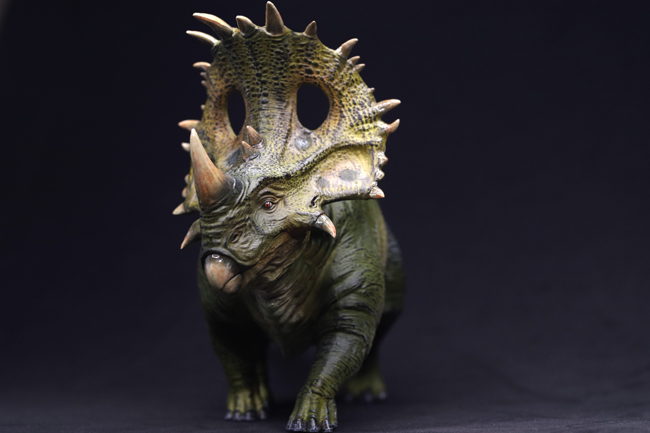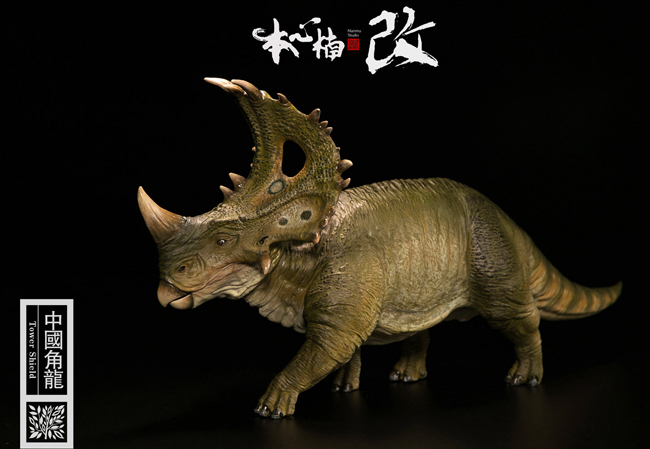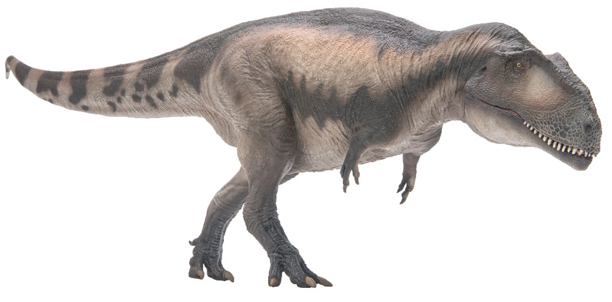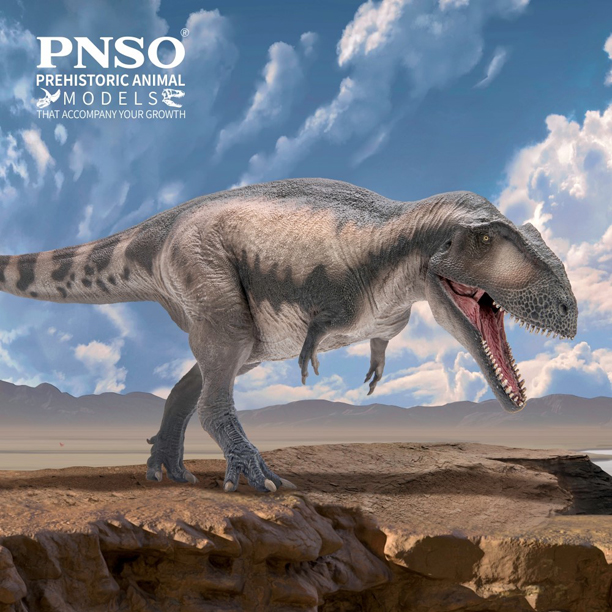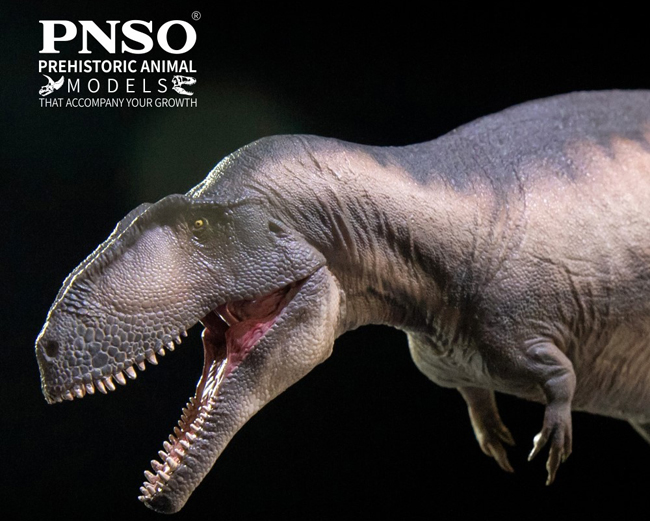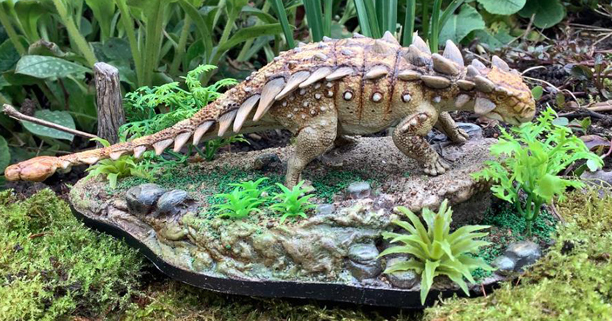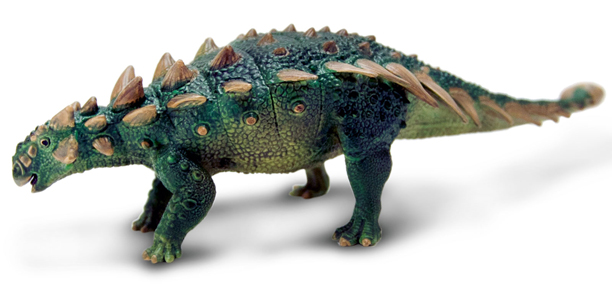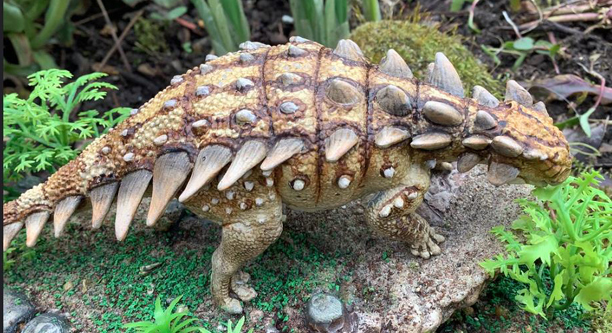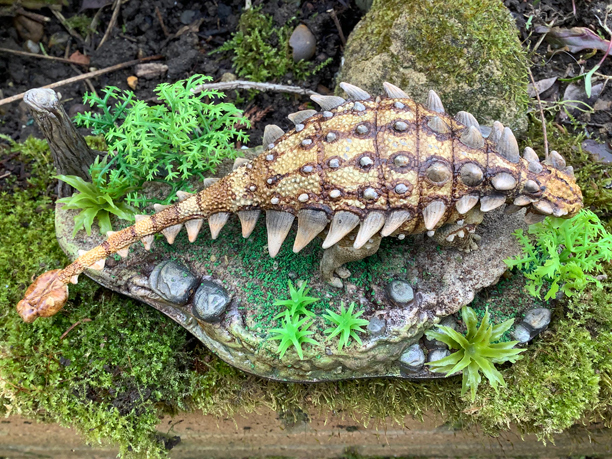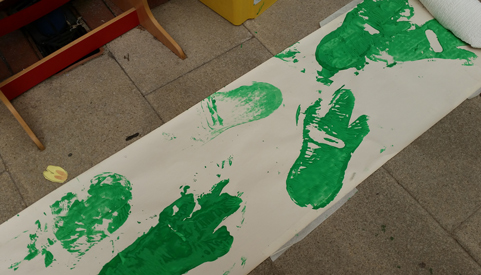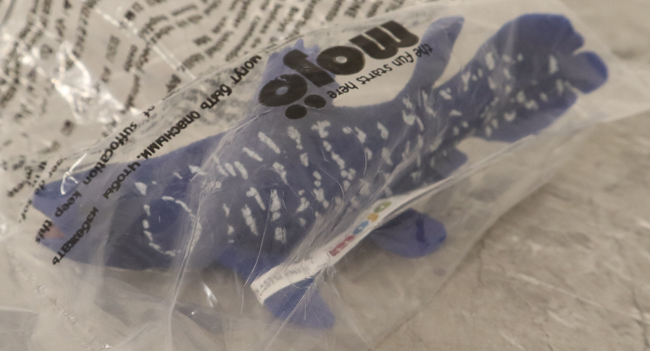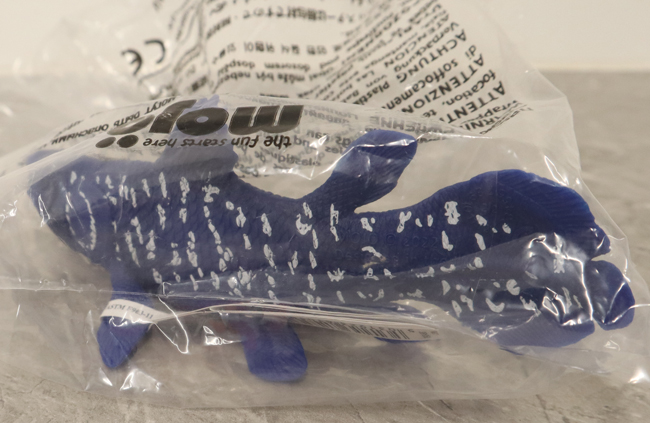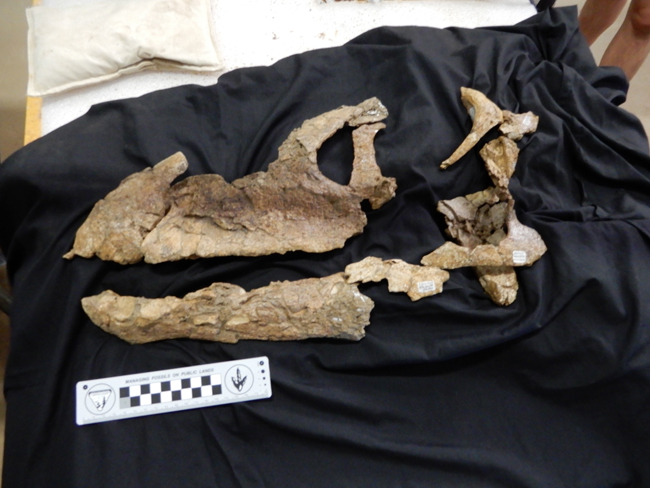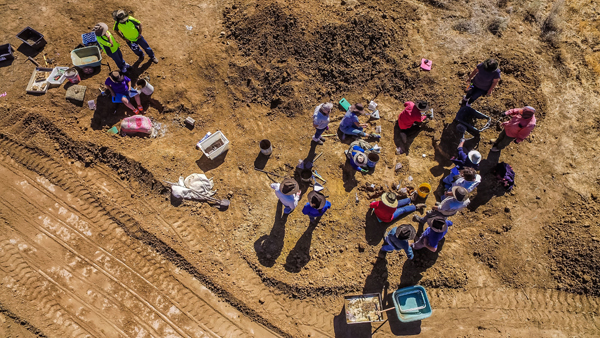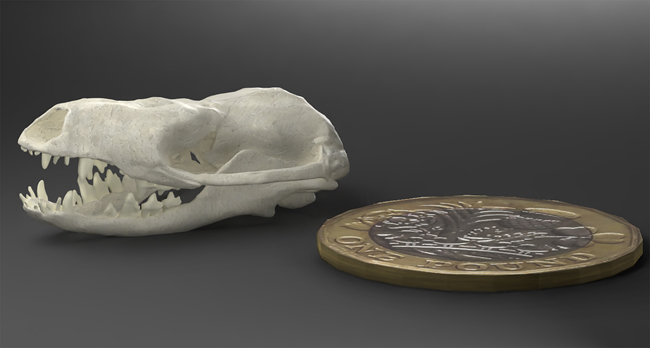The Special Wyoming Dinosaur Centre “Jurassic Fest”
The Wyoming Dinosaur Centre (WDC) located in East Thermopolis, (Wyoming) will be hosting their first-ever “Jurassic Fest – Passion for the Past” event towards the end of June this year. This amazing dinosaur museum is putting on a special two-day event for dinosaur fans of all ages. Headlining the dinosaur extravaganza is British palaeontologist, celebrated author and television presenter Dr Dean Lomax.
The museum is highly respected and regarded as one of the most family-friendly tourist locations in the western United States. Opened in 1995, the museum has world-class dinosaur fossil exhibits and also takes visitors out on active dinosaur fossil dig sites.
Dr Dean Lomax
Dr Dean Lomax recently made international headlines when he led the excavation of one of the greatest discoveries in British paleontological history, the huge “Rutland Sea Dragon”, the largest and most complete ichthyosaur fossil ever found in the UK.

To learn more about the work of Dr Dean Lomax: British Palaeontologist Dr Dean Lomax.
Returning to Wyoming
Dr Lomax will be returning to Wyoming after first visiting in 2008, then just an 18-year-old teenager straight out of high school. Growing up in the town of Doncaster in Yorkshire, England, Lomax did not have the grades or finances to initially go to university and even failed science in high school. When the Wyoming Dinosaur Center offered Dean the chance of a lifetime to volunteer and follow his dreams, he jumped at this opportunity and even sold his possessions (including his childhood Star Wars collection) to fund the trip.
Fifteen years later, Dr Lomax is an award-winning palaeontologist who has discovered and named multiple new species, written best-selling books and appeared on several television programmes. An affiliated scientist at the University of Manchester, Dean’s unconventional journey into the Earth Sciences was begun in Wyoming.
His success epitomises a “can do” attitude and the importance of never letting go your dreams.
Dr Dean Lomax commented:
“I wouldn’t be the person I am today if it wasn’t for the opportunity I was given to come to Wyoming and volunteer at the WDC in 2008. The WDC provided me with the vital experience I needed to get my foot on the ladder and work out how to make it in such a competitive field.”
Why Dinosaurs?
“Jurassic Fest – Passion for the Past” will also feature a special preview of “Why Dinosaurs?”, an intriguing dinosaur-themed documentary which examines the appeal of the Dinosauria. Directed, filmed and edited by father and son Tony and James Pinto, the film has taken five years to create and explores various themes concerning the popularity of dinosaurs.
The Wyoming Dinosaur Centre
Angie Guyon, the Wyoming Dinosaur Centre’s director explained that the staff were proud to have helped launch Dean’s career. Team members were looking forward to seeing the British palaeontologist again and learning more about his adventures.
The Wyoming Dinosaur Centre is committed to teaching the importance of palaeontology and every year staff see the impact on individuals and families as the Centre provides exciting, personal educational experiences to both adults and young people.
The director added:
“Jurassic Fest will provide an opportunity to listen and learn from renowned fossil experts and get your hands dirty.”
Wyoming Dinosaur Centre “Jurassic Fest – Passion for the Past”
“Jurassic Fest – Passion for the Past” will give prehistoric animal fans of all ages the chance to dig up dinosaurs with Dr Lomax, to hunt for new dinosaur sites and to explore the fossil-rich formations that surround the Wyoming Dinosaur Centre.
The rocks in the area preserve the remains of some of the most iconic dinosaurs from the Late Jurassic, giants like Diplodocus and apex predators such as Allosaurus. Visitors can meet many of these dinosaurs in the famous Dinosaur Hall at the Wyoming Dinosaur Centre.
Exciting Speakers
A stellar line-up of exciting speakers will also be sharing their passion for the past, each with a strong connection to the Centre, including Jimmy Waldron of the hit podcast “Dinosaurs Will Always Be Awesome”, author of “Passion in the Bones” Elaine Howard from Florida, Dr Laura Vietti from the University of Wyoming and Dr Brandon Drake from the University of New Mexico.
Behind the Scenes Tour and Cleaning Fossil Bones
As part of the planned activities for “Jurassic Fest” visitors will be offered special behind-the-scenes tours of the museum and given the opportunity to clean dinosaur bones and to converse with leading scientists.
Angie Guyon hopes that Jurassic Fest will deliver an educational, fun, and inspiring two-day event that will highlight the fascinating work of palaeontologists and science communicators which will help to capture the global importance of Wyoming’s prehistoric history.
Angie explained:
“The variety of hands-on activities will provide the public with an opportunity to gain first-hand experience, listen to a series of inspirational lectures and discover more about the research and excavation of local dinosaur finds from the Morrison Formation. This is not to be missed.”
The two-day “Jurassic Fest – Passion for the Past” extravaganza will take place on June 23-24, 2023. Tickets and more information can be found at the following address: “Jurassic Fest – Passion for the Past”.
Everything Dinosaur acknowledges the assistance of Dr Dean Lomax in the compilation of this article.


